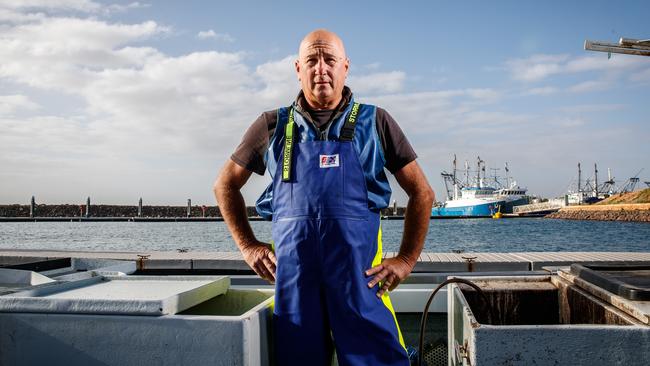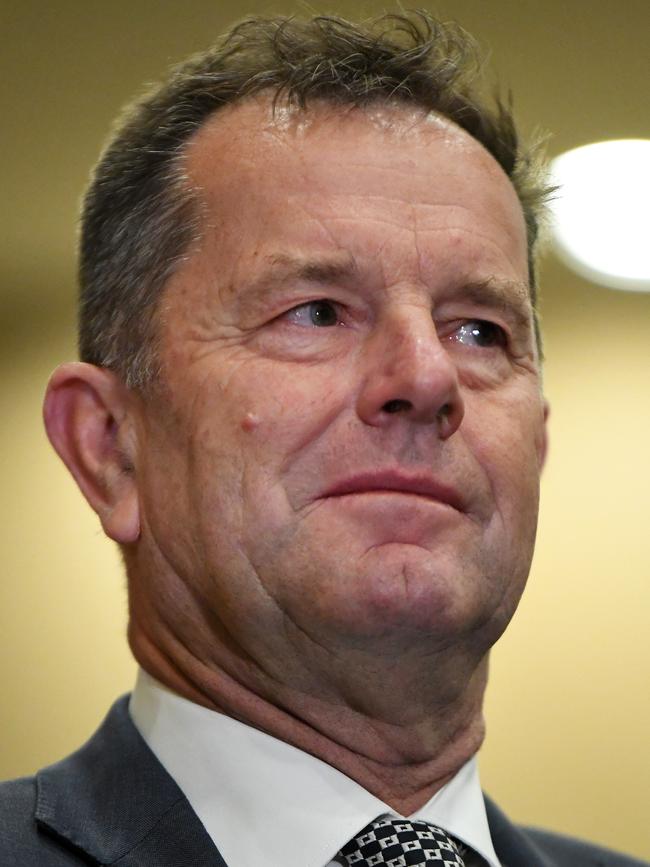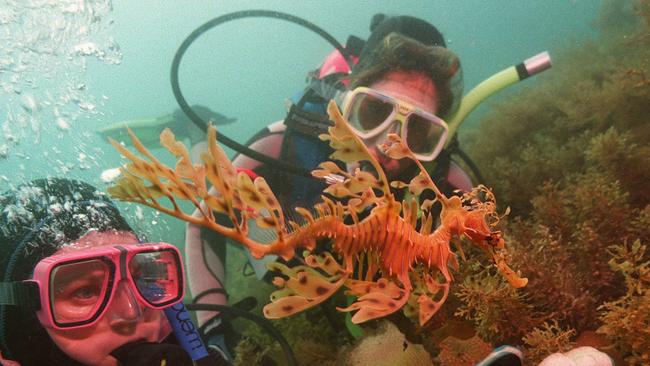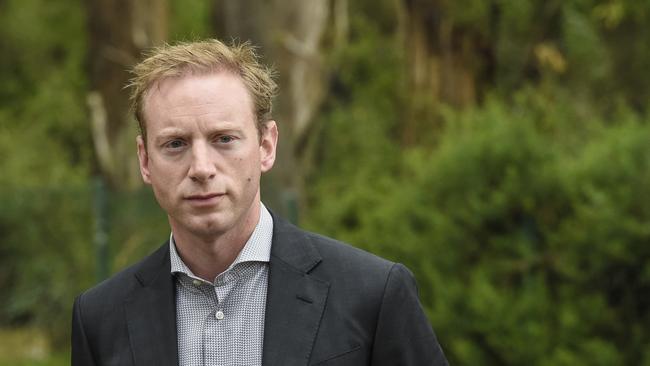Anglers to gain access to closed zones in five SA marine parks under proposed State Government changes
Professional fishermen will see their numbers halved and the rest with be hit with quotas despite marine park rules relaxing under the biggest reforms in the industry’s history.

SA News
Don't miss out on the headlines from SA News. Followed categories will be added to My News.
The number of professional fishermen in SA will be cut by half, and those remaining will be subject to individual catch quotas, under the largest reform in the industry’s history.
The overhaul will also mean the introduction of total allowable annual catch limits for four “priority’’ species – King George whiting, snapper, garfish and calamari – to preserve stocks and create sustainable fisheries. While recreational anglers’ catch limits will not be affected immediately, they will be scrutinised following a major survey later this year.

Primary Industries and Regional Development Minister Tim Whetstone said $24.5 million had been allocated to fund the reform package, which would be implemented by July next year.
“The changes will see fewer longliners and net fishers in the gulfs, more profitable businesses, sustainably set commercial catch limits and more room for recreational fishers to try their hand at catching a feed for their families,” Mr Whetstone said.
He said there was a “major problem in our waters – too many fishers and too few fish”.
“For too long there has been a race to the bottom in fisheries policy with fish stocks such as snapper decimated and the poorly managed competing interests of the commercial and recreational sectors,” he said. “The closure of the snapper fishery shows how desperately needed this reform is.”
Other measures include creating four regional fisheries management zones and capping licence fee increases to CPI for the next four years.
The changes follow an extensive review by the commercial marine scalefish fishery reform advisory committee, chaired by David Hall, one of Australia’s most experienced fisheries administrators.
At present, there are just over 300 professional licences, a decrease of around 50 per cent since an amalgamation scheme was introduced in 1994 and a 2005 net buyback scheme. The voluntary buyback of 150 licences under Mr Whetstone’s reform package will start on May 25.
Under the reform package, an independent allocation advisory panel, comprising industry, economic and legal expertise, will form to determine catch levels on an annual basis.
Wallaroo professional fisherman Craig Fletcher, who was a member of the reform committee, said it was important “the fishery continues to have a regional spread of family-owned and operated businesses” and was sustainable, economically viable.
MORE NEWS:
SA’s silver-ling could deliver a new golden age
ICAC probing Adelaide University boss Peter Rathjen
Lifting lockdown: Ten things South Australians want to know
“The committee felt it critical that if the fishery is to be properly managed, then everyone who has access to catching fish needs to be accountable on their take,” Mr Fletcher said.
“This reform will not be easy for commercial fishers after years of increasing restrictions, closures and reform uncertainty.”
SA Fishing Alliance spokesman Graham Keegan, who is also chairman of the Minister’s Recreational Fishing Advisory Committee, welcomed the reform package. “It has been a long time coming.
“We need a sustainable fishery for both sectors and the community and this is a big step towards that,” Mr Keegan said. “Poor decision making and no decision making over the past decade has led us into crisis in our fisheries. If there had been reform a decade ago when everyone was asking for it we would not have the snapper closure we now do.”

Anglers set to celebrate a marine park restrictions relaxed
Recreational and professional anglers will be given more access to sanctuary zones in five marine parks across the state following a major review.
And a new sanctuary zone will be created at Port Stanvac, while the boundaries of two other marine parks will also be expanded to further protect vulnerable fish species.
The proposed relaxing of the fishing restrictions will re-open some key areas for catching crayfish and abalone for the professional sector, while recreational boat and land-based anglers – and the charter boat industry – will also benefit.
The five sanctuary zones are located at St Francis Island on the far west coast of the state, North Neptune Island, off Cape du Couedic on Kangaroo Island’s southwest tip, at Salt Creek on the Coorong Beach and off Port Clinton in upper Gulf St Vincent.
The review of SA’s 19 marine parks and 83 sanctuary zones was a 2018 Liberal election promise following widespread debate over the impact of the parks following their introduction in 2009.

Professional crayfishermen and abalone fishermen lost millions of dollars in income when they were locked out of significant areas they had previously relied on under the measure, while recreational anglers also lost access to productive fishing locations.
Environment and Water Minister David Speirs said the changes would improve the balance between sustaining the state’s economy, recreational opportunities and environmental preservation.
“We know that for many of our regional communities and industries, 2020 has been a very tough year with bushfires and the significant impacts of a global pandemic,” he said.
“We know Kangaroo Island in particular has been devastated and the proposed changes would provide a significant boost to that local community.”
He said creating jobs was a priority for the government, particularly in this climate.
“We believe these changes support those communities doing it tough and provide appropriate protection for our marine environment,” Mr Speirs said.
“The proposed changes would allow some fishing in areas where it has previously been banned, but also see the expansion of other sanctuary zones to improve conservation outcomes.”
Public consultation on the proposed changes will occur before the legislation is introduced to state parliament later in the year
